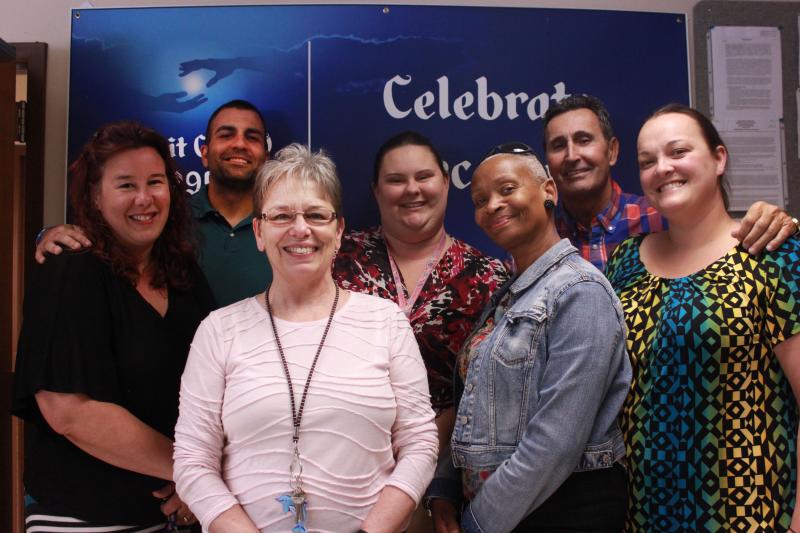Habit OPCO fights opioid addiction, one dose at a time
At the forefront of Wareham’s opioid crisis is the newly created Wareham Substance Abuse Coalition and educational events put together by various groups in the community, but in the background is Habit OPCO, a comprehensive treatment center located in East Wareham.
September is National Recovery Month, during which there will be an increase of awareness and understanding of mental and substance use issues and celebration of the people who recover. On Sept. 29, there will be a public discussion on the opioid crisis at the Rosebrook Event Center at 1 p.m. hosted by the Tobey Hospital Guild.
Located at 3088 Cranberry Highway in East Wareham, the small facility, which is also known as the East Wareham Comprehensive Treatment Center, treats 465 patients and victims battling substance abuse.
Methadone, the treatment used at the center, is a replacement opioid, said former Clinic Director Robin Wallace. Wallace just accepted a job with the state, but was working with Habit OPCO for the past ten years. She said some patients have been there just as long.
The treatment is legal and dosages are given within the legal limit. Doses must be consumed every 24 hours, otherwise patients begin feeling symptoms of withdrawal. The goal is to wean patients off opioids completely by decreasing those chemicals in the bloodstream over time.
Habit OPCO was preceded by a habit management office and an unemployment office before taking over ten years ago. Though it's changed names and ownership, it's been at the same location for over ten years and is officially called Acadia Comprehensive Treatment Center. It provides services to individuals from Cape Cod and the Islands, and Bristol and Plymouth counties.
Though less than 10 percent of the facility’s patients are from Wareham, the patients that are from town had to, at one point, travel to Plymouth and neighboring areas every day to obtain their medication. The center is the only one of its kind in Wareham.
Prospective patients must be at least 18 years old, and must have been addicted to or dependent upon opiates for a minimum of one year prior to getting treatment.
When patients first walk through the doors of the building, their medical history is assessed as is their ability to pay. The center tries not to turn anyone away, not matter what financial situation or insurance coverage they have. There are payment plans and state funding available.
“Most major insurance companies pay for treatment,” said Wallace. “They know there’s an opioid crisis.”
“Some people began experimenting with pills, then heroin because it’s cheap and easy to get. Some are prescribed by their doctors and all of a sudden the treatment stops and the patient feels the effects of withdrawal,” said Jason Laviolette, a clinician who’s worked at the center for eight years. “Treatment is very individualized, not one size fits all.”
For Wallace and Laviolette, breaking the methadone stigma is one of the most important steps in getting the word out about treatment.
“People have a lot of misconceptions,” said Wallace. “The public at large [is] prejudiced against the use of methadone.”
Along with the uncertainty of what the treatment is and “old-fashioned thinking” about going cold turkey to recover, using methadone as a way to “get clean” can limit one’s choices for treatment. Though there are a lot of halfway houses and detox centers nearby, Laviolette and Wallace both agreed that short term, “quick-fix” treatment is not the way to go.
Laviolette described the road to sobriety as a “marathon, not a sprint.” He helps patients map out a game plan for their treatment, which includes goals like securing a job, transportation, a house, etc.
This year, there have been six people who went all the way down to zero dosage, he said.
Laviolette has seen homeless people end up owning houses and cars after treatment, but said he takes no pride in their recovery. Some patients been at the center as long as he has, 10 years, and that’s because of the choices they make.
Ultimately, it’s up to patients to take charge of their lives, said Laviolette. The center is just there to help facilitate that, while providing an non-addictive, replacement for opioids.













